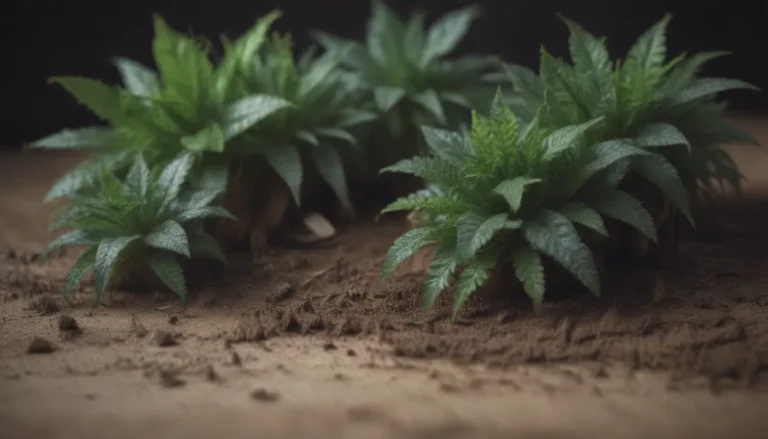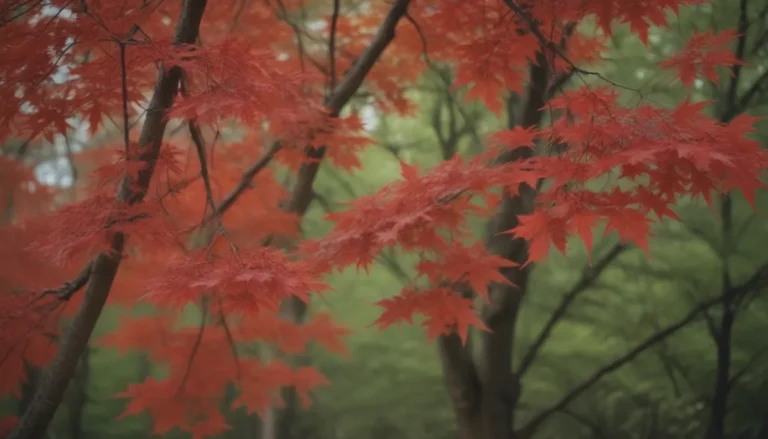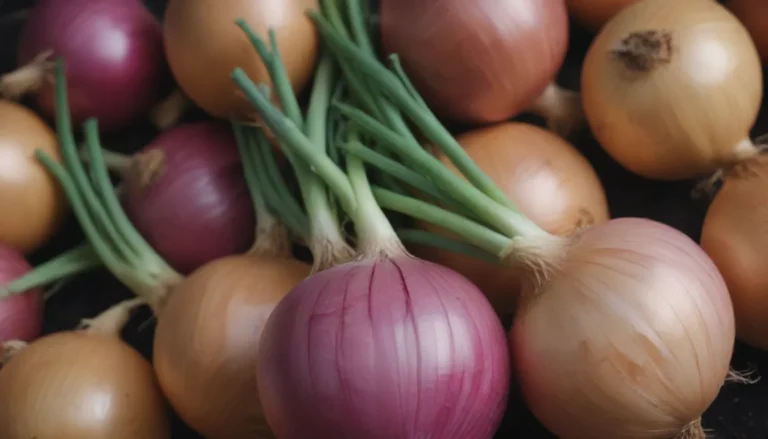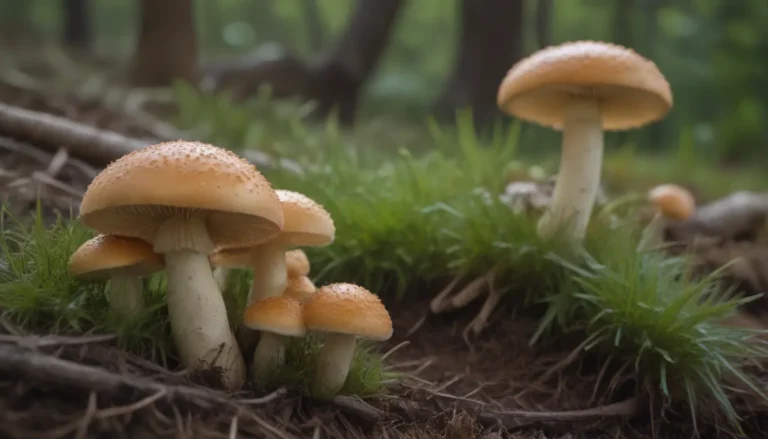The Complete Guide to Growing and Caring for Sargent Crabapple Shrubs
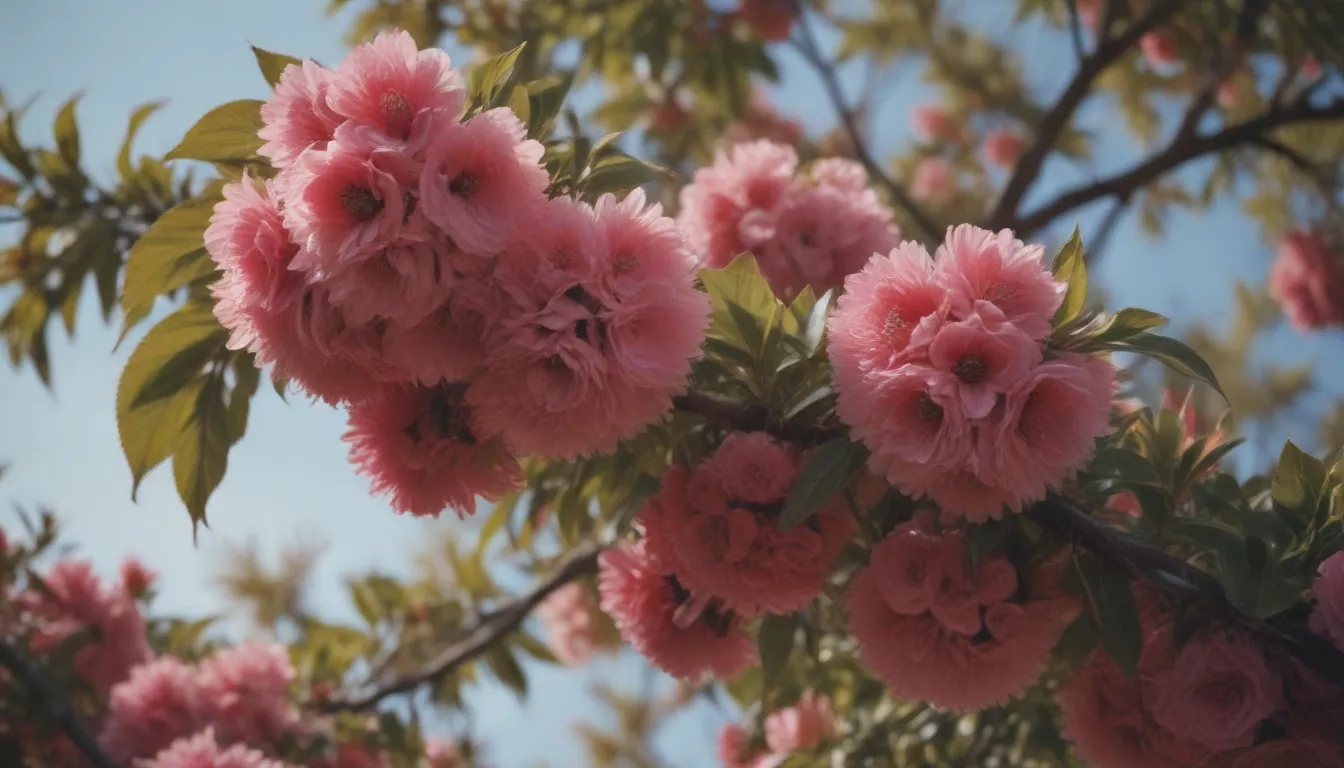
If you’re looking to add a unique touch to your garden, consider the Sargent crabapple (Malus sargentii). This medium-sized shrub is not only visually appealing but also offers a delightful fragrance in the spring and fall. With its delicate white blooms that transform into brilliant red fruit, the Sargent crabapple is sure to catch the eye of any passerby. In this comprehensive guide, we’ll explore everything you need to know about growing and caring for Sargent crabapple shrubs to ensure they thrive in your landscape.
Why Choose Sargent Crabapple?
The Sargent crabapple is a leaderless shrub that spreads wider than it grows tall, making it an excellent choice for creating natural-looking hedgerows or screens in your garden. Its unique features include:
– Fragrant white blooms that start as light pink buds in the spring
– Brilliant red, raisin-sized fruit that lasts into the early days of winter
– Biannual bloom cycle, with aesthetic charms every other year
These characteristics make the Sargent crabapple a desirable addition to any landscape, offering both visual appeal and a food source for local wildlife.
Sargent Crabapple Care Tips
Light
To ensure your Sargent crabapple thrives, provide it with plenty of sunlight. Plant it in a location that receives full sun to encourage abundant fruit and blooms. Adequate sunlight will also promote vigorous foliage, resulting in a stunning display of golden leaves in the autumn.
Soil
Sargent crabapples are adaptable to various soil conditions, making them a versatile choice for different landscapes. While they prefer well-draining, acidic loam, they can tolerate other soil types without significant health or production issues.
Water
Proper watering is essential, especially during the shrub’s early years. Water your Sargent crabapple weekly to help establish a strong root system. Check the soil moisture regularly by pressing your finger into the soil, ensuring it remains consistently moist but not waterlogged.
Temperature and Humidity
Maintain moderate temperatures for your Sargent crabapple to prevent frost damage in cold weather and foliage scorching in hot, dry conditions. Consider your climate zone and provide protection from extreme temperatures or high winds, especially in USDA zones 4-7.
Fertilizer
Sargent crabapples generally do well without the need for added fertilizer. Test your soil for deficiencies before applying any fertilizers, as excessive nutrients can harm the shrub. Only fertilize if necessary to maintain optimal growth.
Types of Sargent Crabapple
While Malus sargentii is now considered a species, it was previously classified as a variety of Malus sieboldii. Several cultivars of Sargent crabapple are available, including:
– Malus sargentii ‘Tina’
– Malus sargentii Firebird®
These cultivars offer slight variations in appearance and growth habits, providing options for different landscape designs.
Pruning and Propagating Sargent Crabapple
Pruning
Pruning your Sargent crabapple should be done primarily for aesthetic purposes and to remove dead or damaged branches. Wait until winter to prune the shrub to avoid fire blight infection. While pruning may result in some bloom loss, it is preferable to maintaining a healthy shrub.
Propagating
To propagate Sargent crabapple, take a cutting from a healthy, vigorous plant to ensure genetic similarity. Follow simple steps to create a new plant from the cutting, which requires patience but minimal tools.
Common Pests and Plant Diseases
Sargent crabapples have excellent disease resistance, with minimal susceptibility to common malus diseases like fire blight, apple scab, and leaf rust. Choosing disease-resistant cultivars like Malus sargentii ‘Tina’ can further reduce the risk of infections. Pests such as aphids, tent caterpillars, spider mites, and borers may occasionally affect the shrub but are not a significant threat and can be managed with commercial products.
In conclusion, Sargent crabapple shrubs are visually stunning, low-maintenance plants that can enhance your garden with their unique features. By following these care tips and guidelines, you can ensure your Sargent crabapple thrives and continues to provide beauty and wildlife benefits for years to come. So, go ahead and add a touch of elegance to your landscape with the charming Sargent crabapple!
